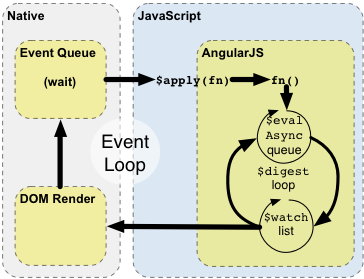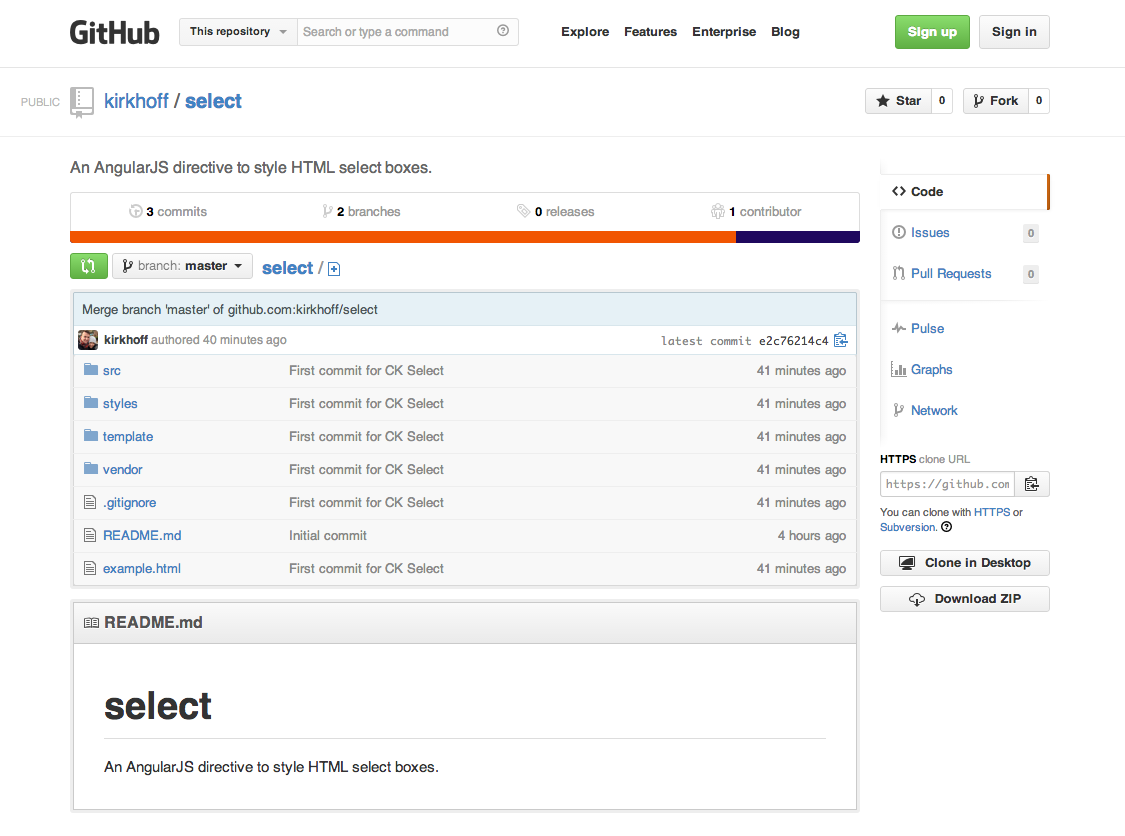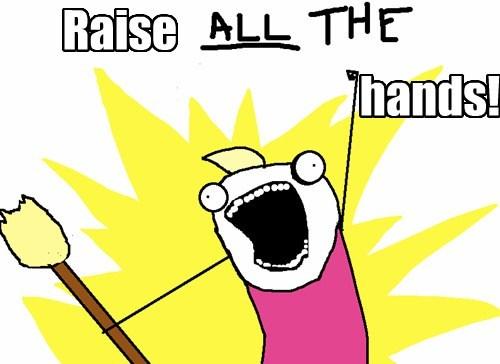$timeout $q
Using AngularJS promises to perform
DOM manipulation at the right time

Q: Have you ever used a timeout to wait for DOM elements to finish loading?
An example...
directive('focus', function($timeout){
return {
restrict: 'A',
scope: {
'focus': '=focus'
},
link: function(scope, elem){
scope.$watch('focus', function(val){
if (val)
elem.focus();
else
elem.blur();
});
}
}
})
$timeout with 0ms
directive('focus', function($timeout){
return {
restrict: 'A',
scope: {
'focus': '=focus'
},
link: function(scope, elem){
scope.$watch('focus', function(val){
if (val)
$timeout(function(){ elem.focus(); });
else
$timeout(function(){ elem.blur(); });
});
}
}
})
You think you need it, but you don't.
Before we jump into $q...
Angular's Digest Cycle

$timeout (0ms) is called in the next available Event Queue.
This may cause unintended flickering and is not recommended.
$evalAsync
is called before the DOM renders, in the same $digest loop.
directive('focus', function($timeout){
return {
restrict: 'A',
scope: {
'focus': '=focus'
},
link: function(scope, elem){
scope.$watch('focus', function(val){
if (val)
$evalAsync(function(){ elem.focus(); });
else
$evalAsync(function(){ elem.blur(); });
});
}
}
})
Code Examples!!

What are you looking at?
- First, the desired result, accomplished via $q.
- Rewind. Unsatisfactory version with $timeout.
- Improve the select directive with a promise.
 `
`
ng-Promises in action
By Curt Kirkhoff
ng-Promises in action
- 691







